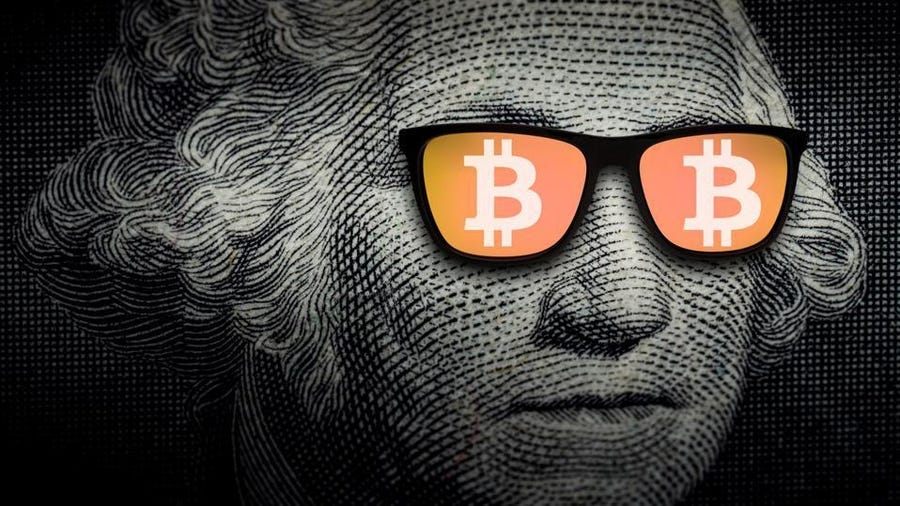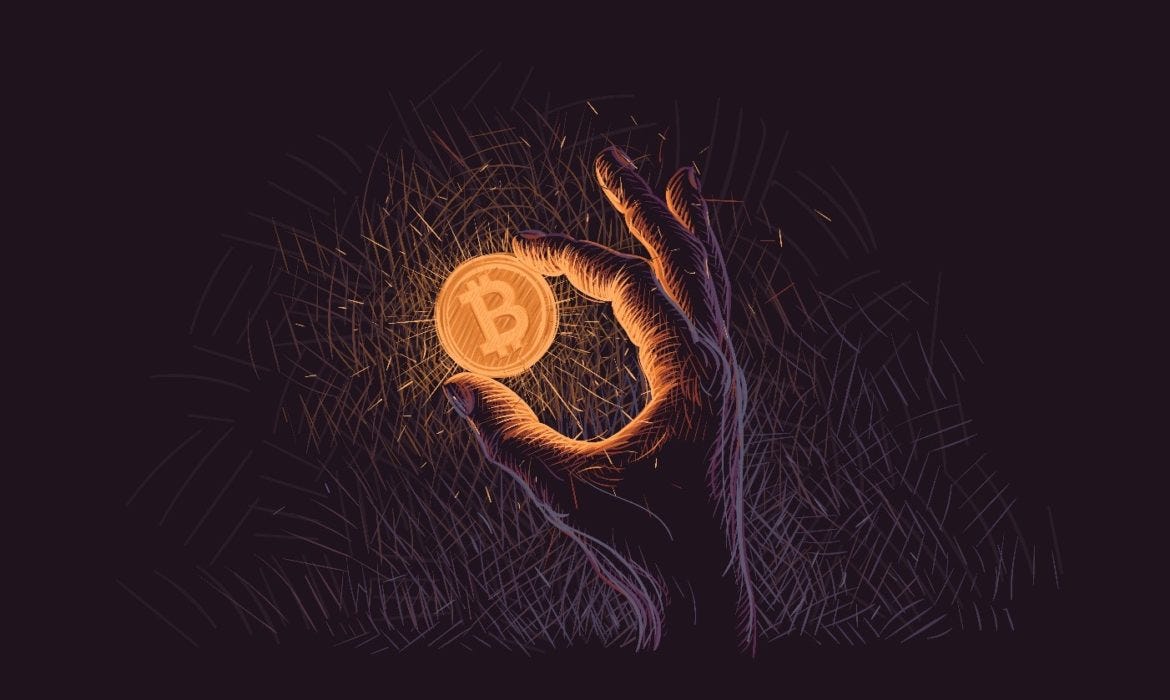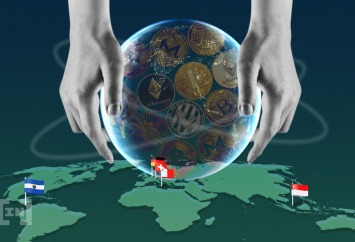As we deeply analyzed in the previous article ‘A Tale Called BITCOIN’:
in the wake of the 2008 Financial Crisis, the global markets were experiencing a period of turmoil due to the magnitude of such events that sent shockwaves that deeply changed the face of the financial world as we knew it.
In this period of great uncertainty and hardship, though, a new visionary project came to life.
Bitcoin (BTC) was created in 2009 by an anonymous person or group of persons calling themselves ‘Satoshi Nakamoto’, envisioning a peer-to-peer payment system using Bitcoin as the mean for payment settlement.
SO, WHAT IS BITCOIN?

It is a cryptocurrency, which means it exists only in the digital world hence it is a digital asset that can only be bought, held, and traded electronically.
Bitcoin is a decentralized medium of exchange which is held and verified through the blockchain.
Being decentralized, there is no one person or central authority that controls its supply, or could ever control its supply, therefore, its value is not open to manipulation from a central organization, and it does this through the blockchain.
At the most basic level, the blockchain is a list of transactions that can be viewed and verified by anyone. Data can be added to the blockchain, but previous data cannot be changed.
The purpose behind bitcoin is to allow one person to directly send money to another. This type of transaction is known as ‘peer-to-peer,’ and it does NOT require using a trusted party like a bank or platform (such as PayPal) to process transactions.
As you can see, peer-to-peer transactions are highly efficient and cost-effective, granting an immediate transfer of the established value between the parties.

Unlike the US dollar $ and all the fiat currencies currently in circulation in our financial system, there is only 21 million bitcoin that will ever exist. Only about 16.7 million of which are available right now (and yet a good % of them is lost beyond retrieval).
(more in-depth analysis at the current FIAT currency system on:
‘So You Think You Know Money?’)
https://medium.com/@mirev89/so-you-think-you-know-money-c03c46265c84

Do you start to see the pattern that makes Bitcoin unique?
Why Does Bitcoin have any Value?
Value is defined by supply and demand. This is why the value of fiat currencies can be manipulated — the supply of the currency can be changed by its central authority, and therefore, its value can be affected like the FED can affect the value of the dollar by adding or subtracting to its total supply.
The Bitcoin supply is finite. There will only ever be 21 million bitcoins in existence, and because its creation is decentralized through the blockchain, the system is virtually impervious to manipulation.
This means the value cannot be controlled by a central authority.

Value is assigned where we as a populous assign it. Fiat money itself doesn’t have any real value. It isn’t backed by any physical asset with actual value, like gold, and we can’t eat or drink money or use it to shelter ourselves or survive in the wild.
Money has value because we all believe it has value, and we trade it between us as if it did.
Bitcoin is similar. Enough people believe it holds value and trade it between themselves, so it has value. And since its supply isn’t open to manipulation, Bitcoin actually has the potential to hold its value far better than traditional currency.
THE FUTURE IS PEER-TO-PEER

Cryptocurrencies are not made out of thin air. Instead, miners have their computers work many hours to solve complex algorithms.
The rock-solid monetary policy, the divisibility, security, recognizability, portability, durability and fungibility are on par or better than every other form of money that has existed before.
Bitcoin is the truly decentralized money we were waiting for, bringing the concept of TRUST to a new level: transitioning from relying on human faulty systems to the supremacy of mathematics and algorithms.





